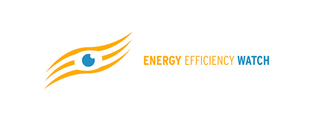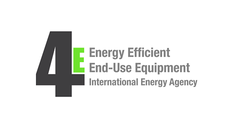Search eceee proceedings
Diving into the energy consumption of Germany’s tertiary sector: From company data towards energy end-use balances
Panel: 4. Monitoring and evaluation for a wise, just and inclusive transition
This is a peer-reviewed paper.
Authors:
Sonja Arnold-Keifer, Germany
Simon Hirzel, Fraunhofer ISI, Germany
Clemens Rohde, Fraunhofer ISI, Germany
Abstract
Usually, the tertiary sector is an undifferentiated residual in energy balances. This is due to the variety of activities covered by this sector. They include, among others, the operation of public and private services, trade, commerce, manufacturing and small industries, but also schools, universities, hospitals, hotels and public swimming halls. In Germany, the tertiary sector’s energy demand amounts to a non-negligible share of 14,6 % (AG Energiebilanzen 2019) in the countries’ entire energy consumption. However, the overall sectoral aggregate makes any evaluation and assessment of energy saving potentials difficult.
An allocation of the energy to the energy uses such as process heat, process cooling, lighting, mechanical energy, hot water, air conditioning, space heating and ICT would thus be helpful. For this purpose, a representative survey among 2000 companies in Germany’s tertiary is combined with a modelling approach. It is a combined bottom-up as well as a top-down approach to get detailed statistics and information of the fuels and district heating as well as the electricity in the shares of the energy uses. Using the different drivers of the energy uses like floor area, employees or water area (in the case of swimming halls), the survey can be extrapolated. In addition, special attention to new applications such as data centers and ICT is paid. We will present the underlying methodology as well as results from the modelling exercise.
With this representative breakdown of the energy consumption allocated to the subsectors in a detailed and comprehensive way the relevance of energy efficiency management and federal incentive programs can be monitored and evaluated.
Downloads
Download this presentation as pdf: 4-335-2_ArnoldKeifer_pres.pdf
Panels of
1. Dynamics of consumption: less is more?
2. Efficiency and beyond: innovative energy demand policies
3. Policy, finance and governance
4. Monitoring and evaluation for a wise, just and inclusive transition
5. Towards sustainable and resilient communities
6. Energy-efficient and low-carbon mobility for all
7. Policies and programmes for better buildings
8. Innovations in products, systems and building technologies



























